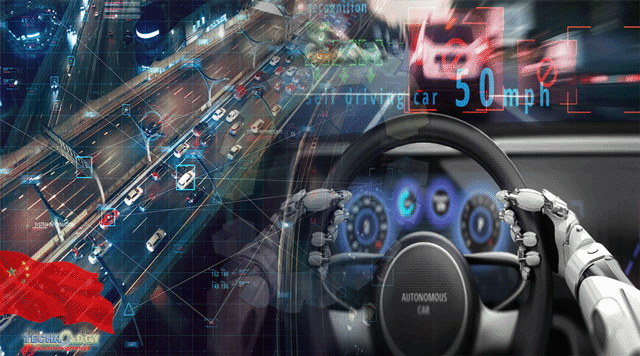a Chinese autonomous driving technology and service provider, announced its advanced Level 2++ intelligent driving system product MAXIPILOT – NOM (Navigate on MAXIPILOT) driving assistance system.

On January 11, Maxieye – a Chinese autonomous driving technology and service provider, announced its advanced Level 2++ intelligent driving system product MAXIPILOT – NOM (Navigate on MAXIPILOT) driving assistance system. MAXIPILOT is expected to be mass-produced and delivered to passenger cars in 2022.
Maxieye was founded in 2016 under Zhijia Technology based in China. It provides advanced driver-assistance systems, automated driving systems products, and imaging system products required for autonomous driving technology by detecting road obstacles and oncoming traffic to improve the capabilities of driver-assistance systems.
In 2020, Maxieye released its first Level 1 driver-assistance system. Then in 2021, Maxieye released its autonomous cruise driving assistance system MAXIPILOT®1.0 Level 2 dedicated to passenger cars. Some of Maxieye’s customers included Desai Xiwei – a mobile travel technology company, and Ambarella – a fabless semiconductor developer.
NOM Configurations
NOM comes in three hardware configurations with varying computing platform capabilities and sensor configuration schemes to achieve ‘point-to-point’ autonomous driving. The three hardware configurations are basic, premium, and enhanced.
During road testing, NOM executed path planning on the highway safely, including lane change, overtaking large vehicles, merging into the highway from a ramp, adjusting speed to comply with speed limits, and maintaining a safe distance with the surrounding vehicles.
Furthermore, to simulate human-like driving conditions, NOM employs Maxieye’s in-house Fused Path Planning technology that leverages GPS map, traffic flow, and roadside structure data in addition to road lane line and high precision map data. This way, even under driving conditions with missing map information, NOM can still rely on other road data to continue navigation without human intervention.
A Low-cost Autonomous System
Currently, there are numerous Chinese automakers on the market that equip their vehicles with highway driving assistance features such as NIO’s NOP, XPeng Motors’ NGP, Great Wall Motor’s NOH, Aion’s NDA, and Zeekr’s ZAD. However, they all come at a high price of at least USD 30K. Differing from the existing vehicles on the market, MAXIPILOT will serve passenger cars that cost less than USD 23K as passenger cars in the USD 15K price tag range accounts for more than 50% of all passenger cars in China, according to Maxieye’s company statement.
According to Maxieye’s President, Enqing Guo, NOM’s mass production plan would not rely heavily on LiDAR but mainly on millimeter-wave radars, visual cameras, and domain controllers to lower the production cost to around a few hundred dollars.
Source: CarNewsChina
